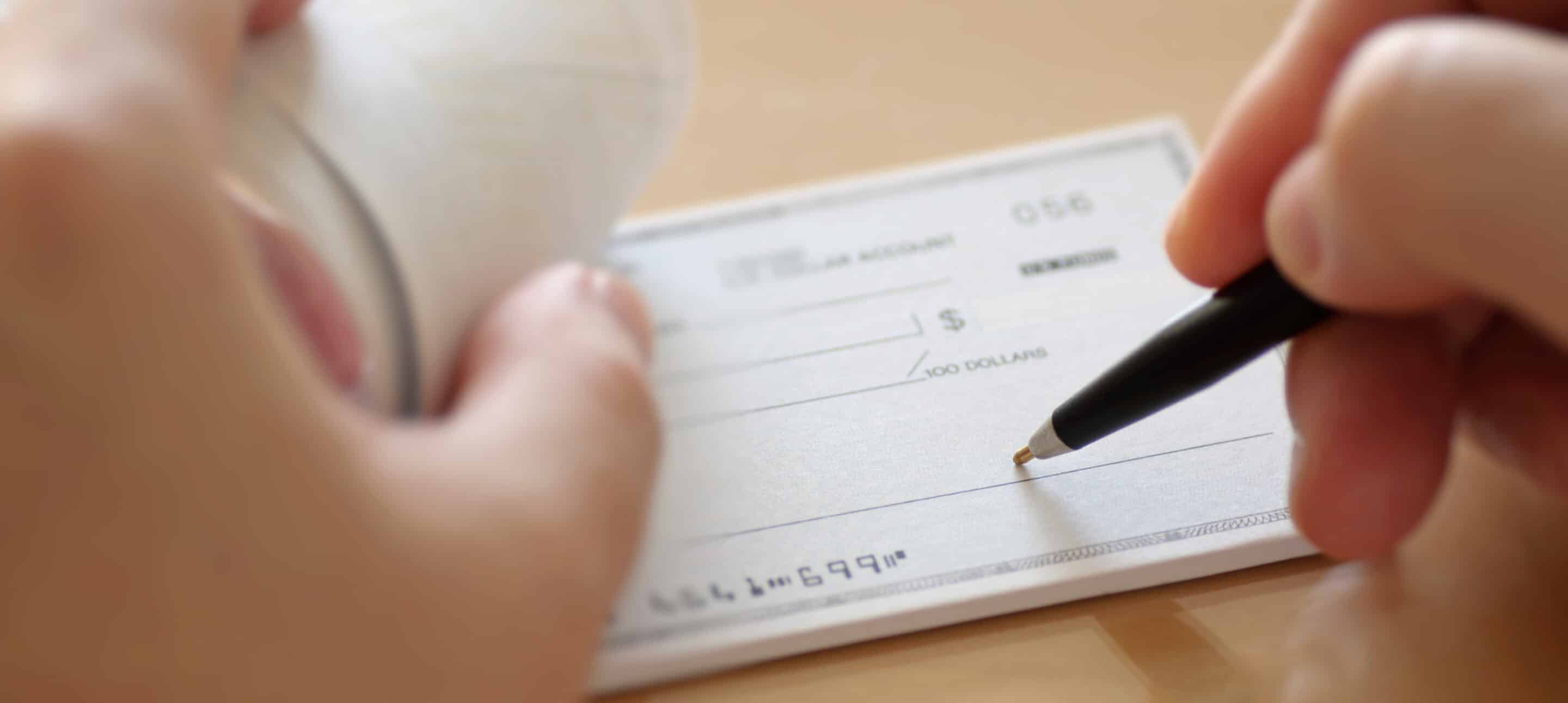Delayed payments can be one of the most frustrating parts of running a business — not to mention how financially crippling it can be.
As the lifeline of any business, steady cash flow gives business owners the means to procure other goods and also pay their employees. Conversely, payment delays can seriously jeopardize even the most perfected operations.
When looking for ways to speed up how quickly your business clients pay your invoice, it’s important to note that the most effective solutions are often the simplest. That invoice you send to a client is, unquestionably, the most important communication with regard to getting paid on time.
By implementing a few simple strategies to your invoicing routine, you can reduce the time before payment, and establish a solid, predictable cash flow.

Outline Payment Terms
You can hardly blame a client for paying their invoices late if you don’t have clearly outlined payment terms in place. Make sure to tell your clients when you expect them to pay. Outline payment terms on each invoice, as well as the due dates (e.g., 15th Dec 2016) so clients can’t miss them. If you’re just planning for a new payment scheme, let your clients know about it on your Trade of Terms documents. When you onboard new clients, make sure due dates and payment terms are included in your agreement. That way, you set the right expectations from the beginning.
Provide Multiple Payment Methods
Different types of clients prefer different payment options. Allowing them to pay you however they want will save you a lot of time and money. One popular payment method that many people are familiar with is PayPal. Paying via PayPal is as simple as logging into an account and transferring funds. Other methods include cheques, credit card payments, and EFTs. Even though some credit cards charge more to access payments, it may be worth the extra fee to include them in your payment options. In the long run, it is much easier to accept a client’s preferred mode of payment rather than struggling to get them to use another payment option.
Invoice Clients as Quickly as Possible
As soon as you complete a project, make invoicing for the work your number one priority. This creates a link between the completed work and payment, which has been found to result in prompt payment. For recurring monthly bills, you can set up reminders to help you streamline the process of sending invoices consistently and on time every month. You can even set up automatic, periodic invoices. This will go a long way in helping you reduce the amount of time your company takes to perform redundant communication between clients and employees each month.
Offer Incentives for Early Payment
Who doesn’t like saving a coin or two? By offering clients an opportunity to shear off a little cost from their invoice, they may be more likely to pay on time. The amount doesn’t have to be substantial, even 1 or 2 percent is enough to give a client a reason to act in a timely fashion. Sometimes a little push is all that’s needed to convince someone to pay on time. Just be sure to set out strict deadlines for them to qualify for that discount. It’s worth settling for a slight cut in your payment simply to get your money faster.
Impose Penalty for Late Payment
The opposite approach for early payment is negative reinforcement in terms of penalties for late payment. If getting an incentive doesn’t motivate a client to pay early, the cost of having to pay extra if they surpass the due date should be enough to get them to pay. Be sure to mention penalties in the initial trade agreement and make certain to reference them in the invoice. Let the client know exactly what additional fee they would have to pay and when it applies. Again, a 1 or 2 percent penalty is probably enough to get them to take quick action.
Send Out Reminders at Regular Intervals
In a perfect business environment, every invoice would be paid within a few days. Yet most invoices take at least weeks or even months to get paid- and that can be tough on a business’s cash flow. This is why it’s very imperative to hone your follow-up skills. Sometimes a quick call or email is all that’s needed. Otherwise, it’s usually recommended to do three follow-ups: three days before the due date, one day after the due date, and one week after the due date. Better yet, set up an automatic reminder from your invoicing solutions so you don’t have to keep too many tabs on which clients have paid and which have not.
Maintain a Good Rapport With Clients
Dealing with clients means you are in a business relationship, so concentrate on developing excellent communication lines and understanding each other. In case payment becomes a problem, a healthy relationship can provide an easy way to work through it so that both parties can arrive at a solution without hurting the relationship. Ensuring that there is a positive correlation between you and your clients will help prevent any issues from arising. All things considered, a good relationship can be the gentle push people need to get a payment on their way.
Do you have a business client that is more than 90 days late paying you?
If YES, we can collect the money that is owed to you.
As a professional commercial debt collection agency located in Frisco, TX, Melton Norcross and Associates specializes in helping businesses collect past-due receivables.


